How to prevent mattress mould in winter - 6 ways to avoid this common problem, recommended by experts
No one likes the idea of mould invading their mattress, but you can avoid it with these simple steps


During the winter months, mould can start to grow in your home. Mould can be seriously damaging to your health, and the last place you want mould is in your mattress.
There are plenty of things you can do to prevent mattress mould in winter. So, don’t panic if you’ve bought the best mattress and are now worrying it’s going to get damaged. Simple steps that require little to no effort can save your mattress from a mouldy demise – and protect your health too.
And if you notice a musty smell in your mattress, there are some easy ways to get rid of mould too. I spoke to some cleaning and home organisation experts about how to prevent mould in your mattress (and home) this winter. Here’s everything you need to know.
What causes mattress mould in winter?
Winter is prime time for mould - it’s definitely something to keep an eye on. Central heating and drying clothes indoors, plus air flow being limited (who wants the windows open?) all can contribute to mould during the colder months.
‘Mould on mattresses is actually a common problem, especially in humid environments. Mould usually thrives in damp conditions, and it can often be found in a bedroom,’ says Luis Toja, a mattress cleaning expert at Fantastic Services. ‘This can happen in winter not only because of high indoor humidity but also because of other factors, such as body sweat and accidental spills.’

‘Mattress mould in winter can be caused by excess sweating in bed,’ says Heidi Phillips, Cleaning and Organisation expert at cleaning company Tergo Cleaning. ‘Often in winter we sleep with hot water bottles,electric blankets and additional clothing. This can increase sweat during the night as our bodies warm up.’
‘The most common causes for mattress mould in winter include high humidity, poor ventilation and a warm sleep environment, which are all conditions commonly present in winter,’ adds Luis. ‘You turn up the heating indoors and open the windows less frequently, which creates a higher potential for moisture to build up in the air. Naturally, when the temperatures are high in your bedroom, it’s more likely to be humid.’
‘The temperature difference between a warm room and the cooler surfaces of walls, floors, and mattresses can also create condensation, adding moisture that mould also needs to grow,’ says Cat Wiltshire from Online-Bedrooms.co.uk
‘In general, moisture accumulation from the environment around the mattress or bodily sources provides an ideal breeding ground for mattress mould spores,’ says Luis from Fantastic Services. The material the mattress is made of can also affect if it gets affected by mould. You’ll know your mattress is likely mouldy if it gives off musty smells, it’s discoloured, warped and has dark spots and you experience respiratory problems.’
How can you prevent mattress mould?
If that’s got you feeling icky, worry not. There’s plenty you can do to prevent getting a mouldy mattress. Basically anything you can do to improve air flow is going to reduce the chance of mould building up in your mattress and around your home generally.
1. Open a window
This free, easy step will make a big difference to the airflow in your house.
‘‘Keep your bedroom aired,’ advises Heidi from Tergo Cleaning. ‘Even having it on the trickle lock will greatly improve airflow throughout the room but do try and open the window more fully throughout the day and night if possible.’
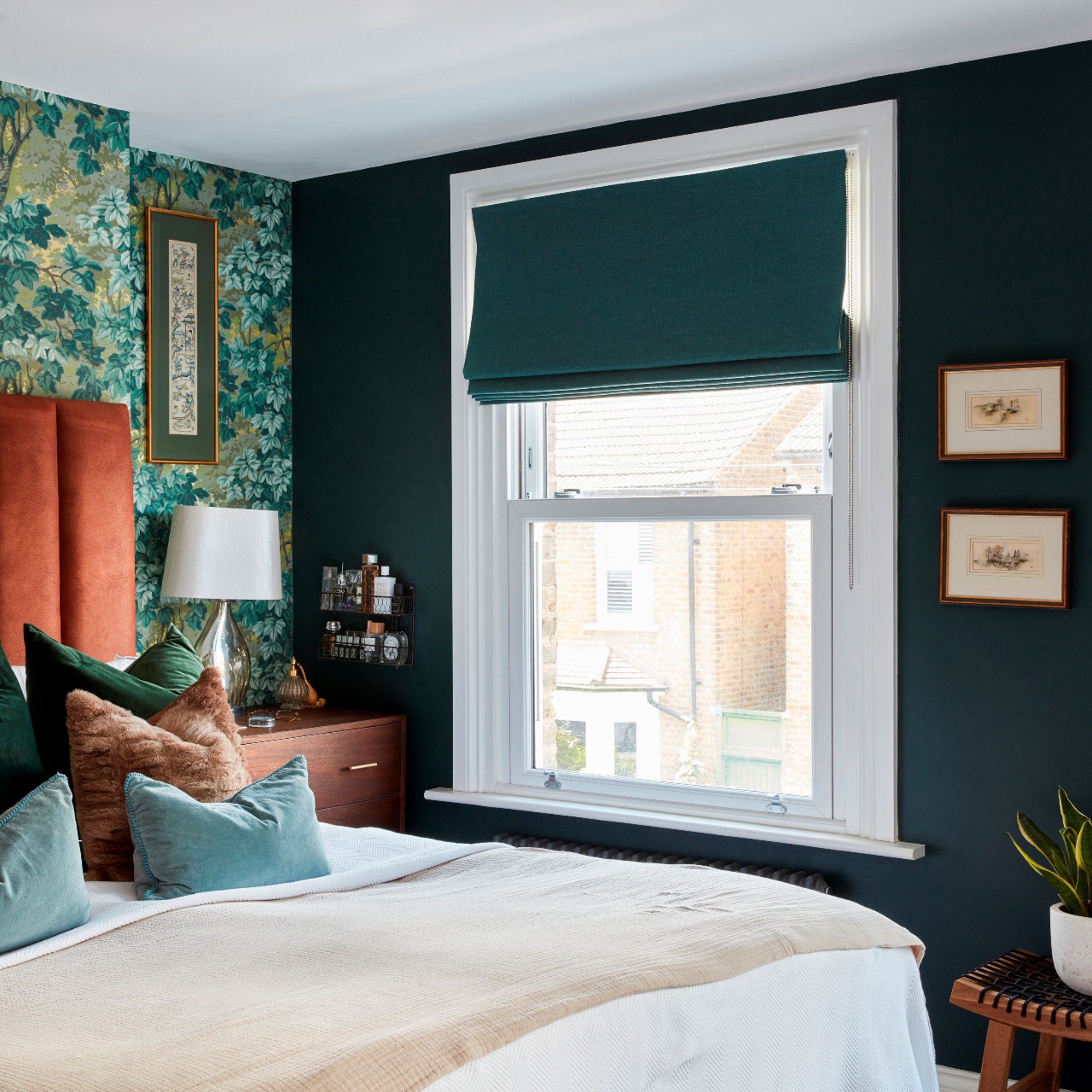
2. Raise your mattress up
Air needs to be able to flow around your mattress, and where you put your mattress can have a big impact on how air moves through your mattress.
‘Never place your mattress directly on the floor,’ warns Luis from Fantastic Services. ‘Elevate it with a mattress base so there’s proper airflow and less moisture build-up. Positioning your mattress directly on the floor restricts air circulation and is a mistake that can be easily resolved by investing in proper bed framing.’
3. Turn and rotate your mattress
Don’t forget to follow your mattress’ care instructions, and regularly turn and rotate it. If your mattress is a no-turn/no-rotate mattress, still make sure you’re thoroughly checking it over every few weeks.
‘Turn your mattress regularly and make sure to check for any discolouration that could be a sign of mould,’ says Heidi from Tergo Cleaning.
‘Turning and ventilating your mattress regularly will be one of the most effective measures against mould because it will create an unwelcoming environment for mould spores to thrive,’ agrees Luis from Fantastic Services.
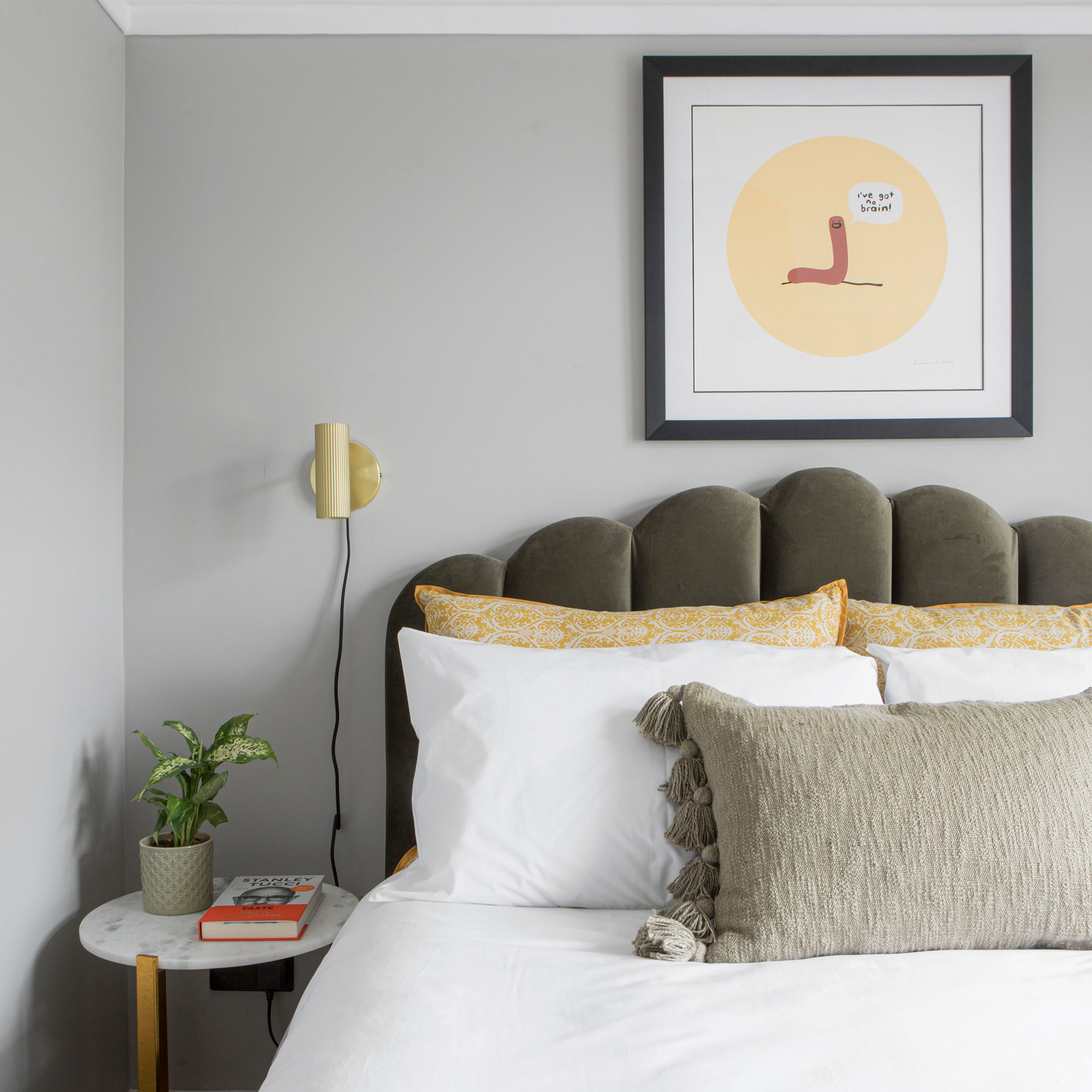
4. Use a mattress protector
We’re big fans of the best mattress protectors at Ideal Home. They’re an essential bit of kit to ensure the longevity of your mattress.
‘To protect your mattress from mould infestations, invest in a reliable waterproof and breathable mattress protector,’ says Luis from Fantastic Services. ‘It will act as a barrier against moisture and can generally extend the lifespan and improve the hygiene of your mattress.’
5. Get your dehumidifier going
‘Consider using dehumidifiers,’ says Luis from Fantastic Services if you want to reduce the chance of getting a mouldy mattress. Dehumidifiers are a useful bit of kit, especially in winter. They literally suck the moisture out of the air, which when you’re drying laundry inside and not opening the windows, really helps reduce the chance of mould.
‘Keep your bed away from walls to avoid disrupting ventilation, and consider using a dehumidifier to maintain humidity levels below 60%,’ adds Cat from Online-Bedrooms.co.uk
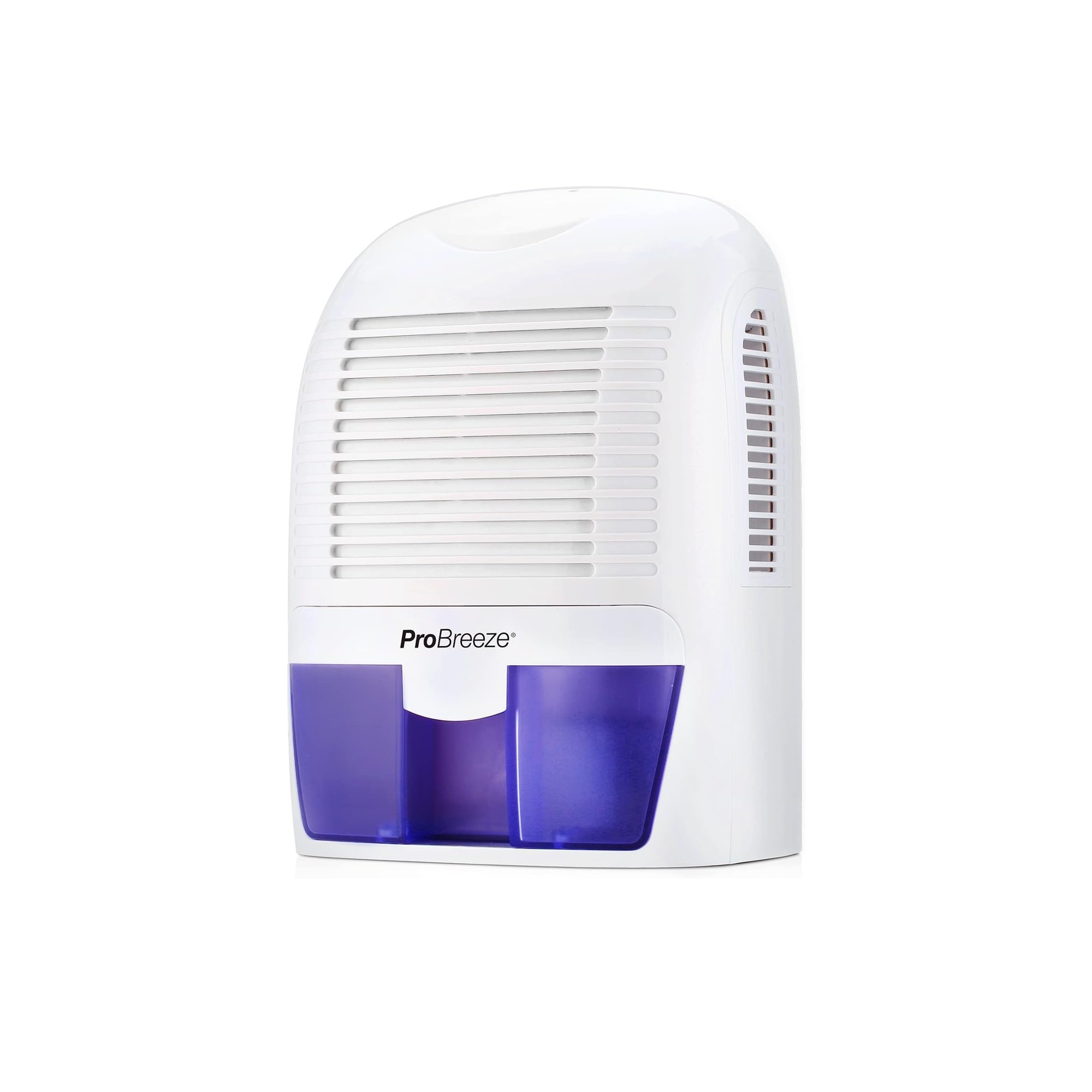
If you are looking for a mini dehumidifier to tuck out the way in a bedroom this Pro Breeze version priced at less than £100 is a good option.
6. Keep things clean
‘Simple habits, such as using a hypoallergenic mattress protector and washing your bedding regularly, will be very effective mould deterrents,’ says Luis from Fantastic Services. It’s advised that you wash your bed linen weekly.
‘And try not to eat or drink in bed and if you do, wipe up any food and drink spills immediately and ensure the mattress is completely dry before using it,’ says Heidi from Tergo.
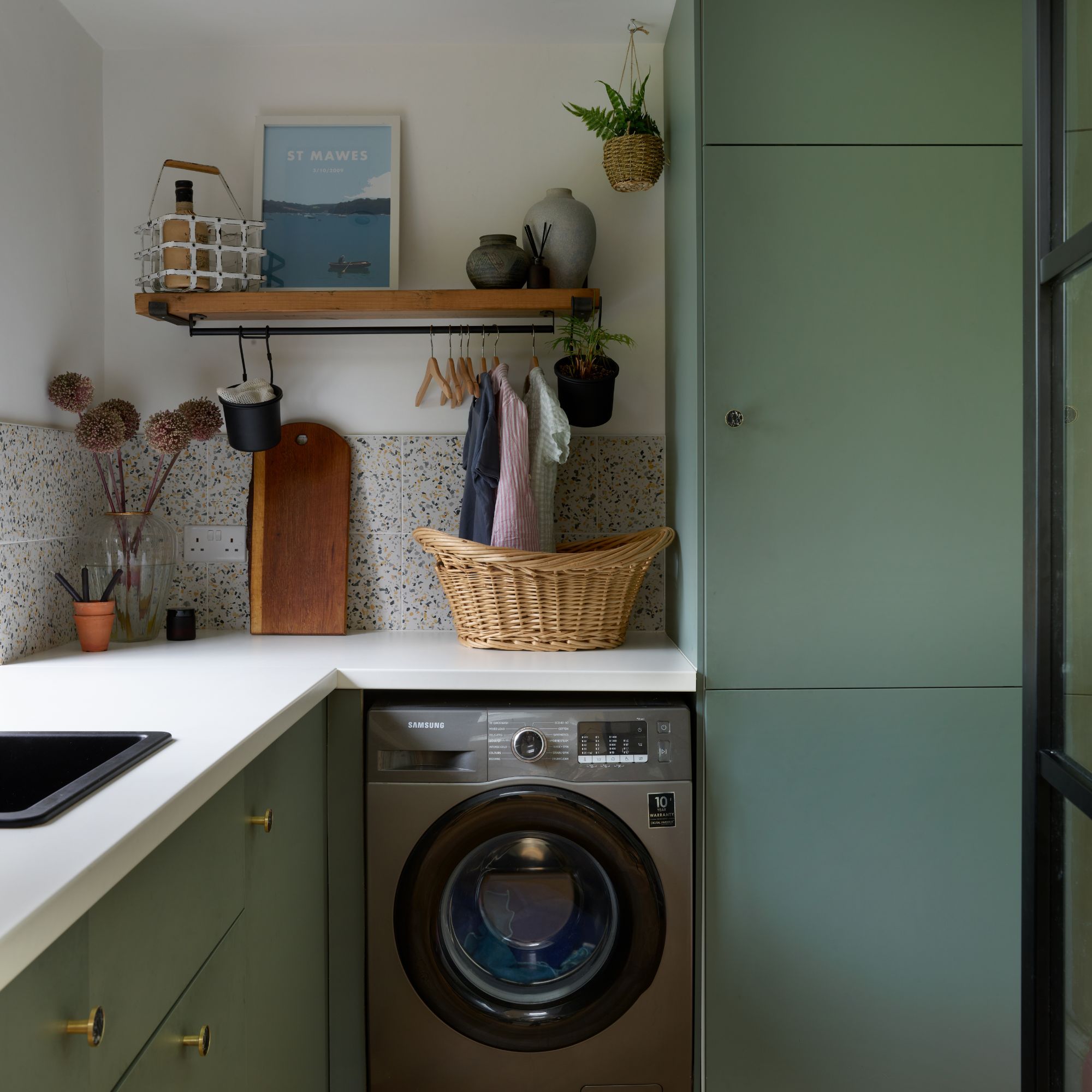
What should you do if your mattress already has mould?
‘In the case your mattress already has mould, you’ll need to be well prepared to tackle the problem,’ says Luis from Fantastic Services. ‘Removing mould will include vacuuming both sides of the mattress, applying a gentle cleaning solution – ideally, a mould cleaner formulated for fabric surfaces – and allowing it to dry thoroughly and airing it out before using the mattress again.
‘If you have mould on your mattress, sun exposure will be of great help, even though it’s usually hard to find in winter. Sunlight generally has natural disinfecting power and if you place your mattress outdoors and allow it to sit in direct sunlight for several hours, it’ll be very effective mould removal method. However, sometimes, the mould infestation will be beyond the surface, and the healthiest and recommended option is to invest in a new mattress altogether.’ concludes Luis.
FAQs
How to prevent moisture under a mattress in winter?
The best way to prevent mould under a mattress is by following the tips above, as this will overall reduce the moisture in your bedroom environment.
‘To stop moisture from building up under the mattress in winter, you’ll need to improve the air circulation in the room and even use a dehumidifier,’ says Luis from Fantastic Services. ‘Increasing the air circulation in your bedroom will be one of the best ways to keep your mattress dry and moisture-free. An air purifier can also enhance air quality in your bedroom and remove moisture from the air.’
‘Using bed slats as a base rather than a solid base will help air to ventilate through the mattress,’ advises Heidi from Tergo. ‘Remember to keep the area below the slats clear to allow air to freely circulate.’
‘In general, letting your mattress receive direct sunlight from the windows, keeping the windows open for a bit every day and regularly cleaning it and maintaining your bedding will be the most effective strategy to prevent moisture build-up under your mattress and reduce condensation,’ says Luis from Fantastic Services.

What to put under a mattress to prevent mould?
‘You can use a layer of DRY-Mat under your bed and mattress to keep it dry and ventilated, which will help prevent mould as well as mildew and the development of musty smells,’ advises Luis from Fantastic Services.
‘To keep your mattress fresh, clean and hygienic, you’ll need to have good ventilation under your mattress,’ reminds Luis. ‘You can also place a coconut coir mat, which is a popular option for preventing mould, especially if your mattress is directly on the floor. They are similar to the traditional door mat on which you wipe your shoes when you enter your home, but they're natural, made from the long, brown fibres of the coconut husk, which is very effective in reducing moisture build-up.’
The key thing to remember is to maintain air flow and minimise dampness. Hopefully, with this advice your mattress will remain mould free this winter.
Get the Ideal Home Newsletter
Sign up to our newsletter for style and decor inspiration, house makeovers, project advice and more.

Zoe is a freelance journalist and content strategist. Her career has traversed kids' publishing, women's lifestyle magazines, luxury property and content marketing. She's worked for the BBC, STYLIST, Marie Claire, heat, Wallpaper*, InStyle, The Sunday Times Style, Ocado, Christie's and more. She now regularly writes about interiors and sleep for a range of media – what she doesn't know about mattresses isn't worth knowing.
-
 George Home’s sold-out striped parasol is finally back in stock - but this elegant design is expected to sell out again fast
George Home’s sold-out striped parasol is finally back in stock - but this elegant design is expected to sell out again fastI can't get enough of its whimsical design, too
By Kezia Reynolds
-
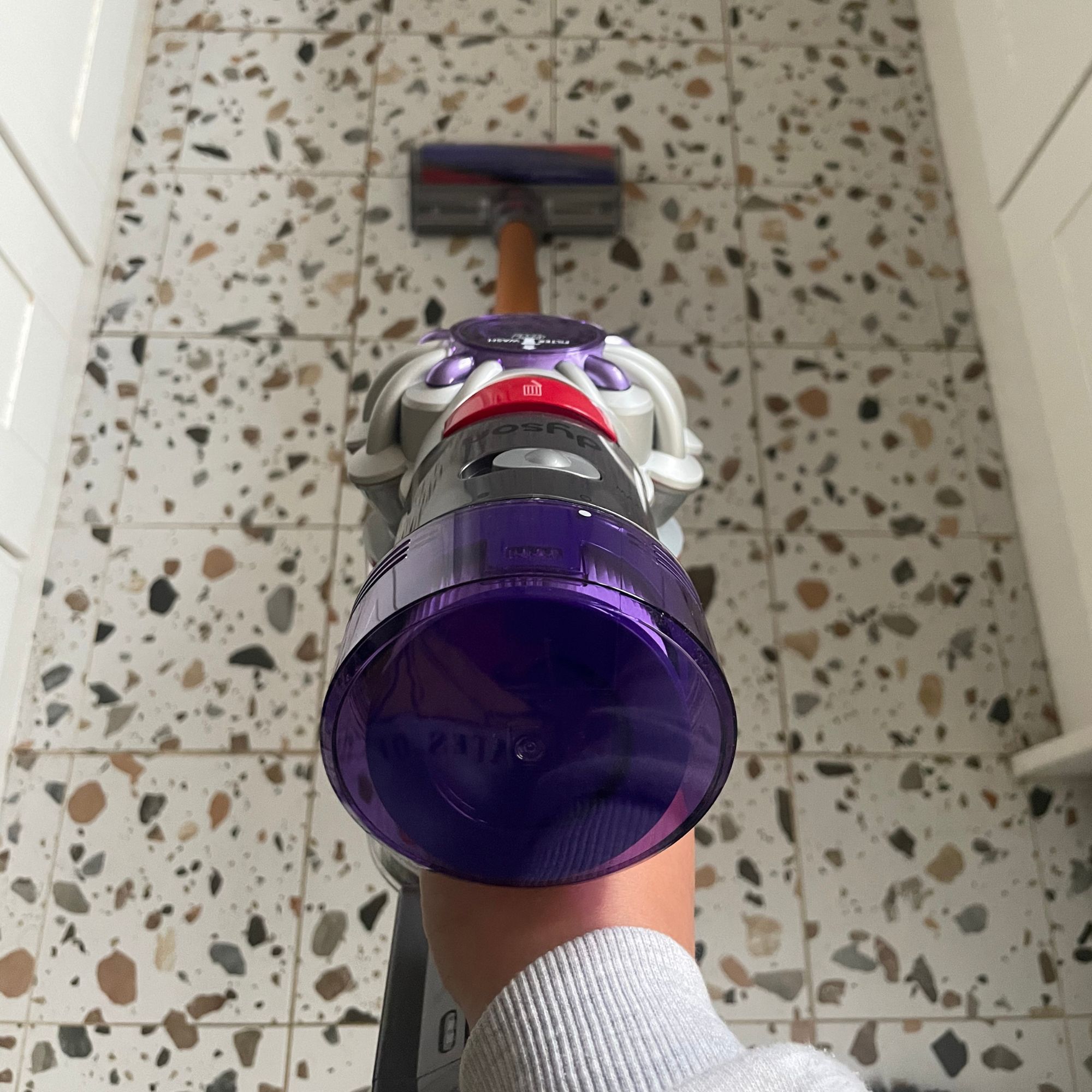 I asked a Dyson engineer how you can avoid these common Dyson vacuum cleaner problems — and how to make the most of your machine
I asked a Dyson engineer how you can avoid these common Dyson vacuum cleaner problems — and how to make the most of your machineFrom a loss of suction to poor battery life, I asked the questions to get the answers you need
By Lauren Bradbury
-
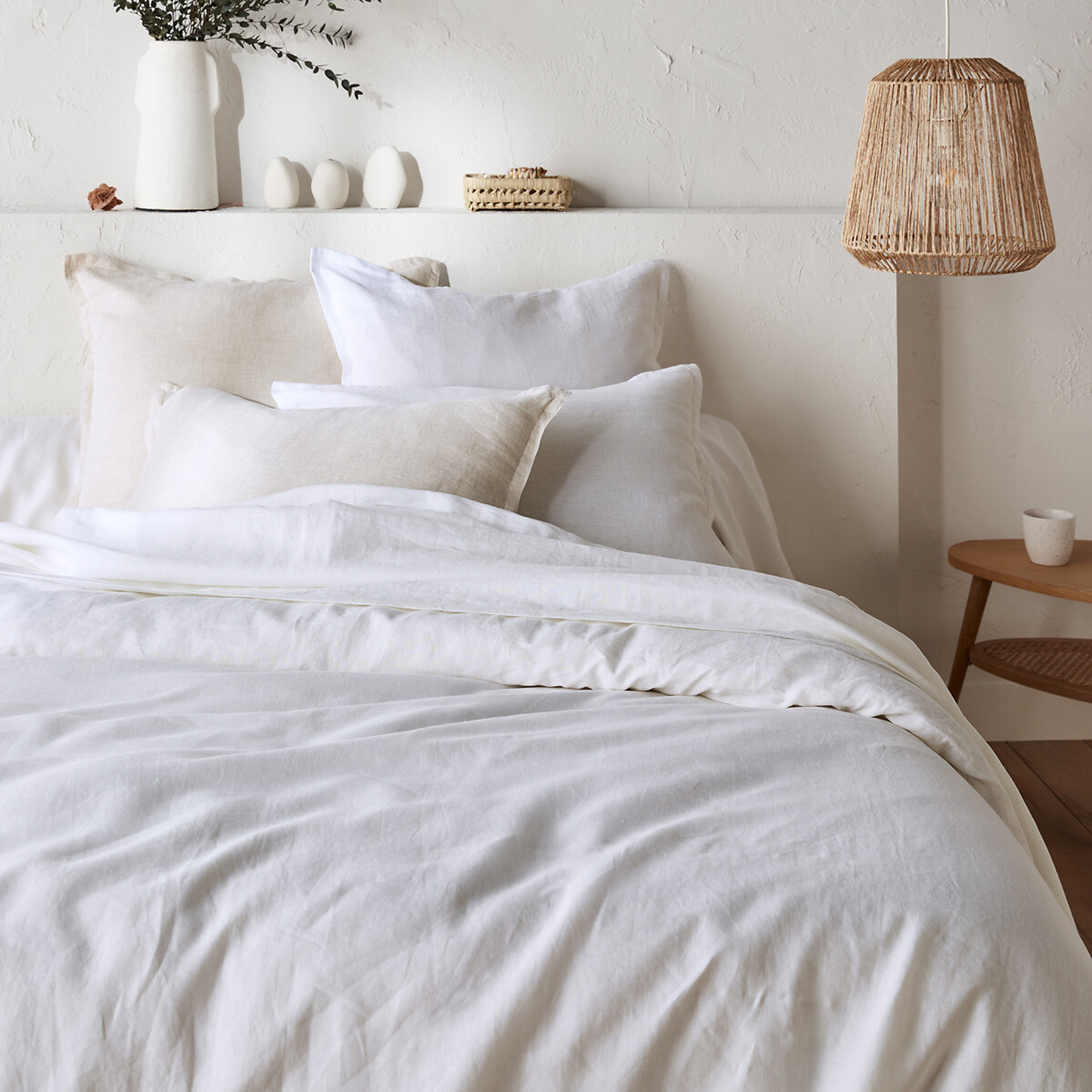 'I've now bought 3 different colours' – my favourite affordable linen bedding is currently half-price, and the 5-star reviews speak for themselves
'I've now bought 3 different colours' – my favourite affordable linen bedding is currently half-price, and the 5-star reviews speak for themselvesThe half-price linen bedding that owners can't stop raving about
By Amy Lockwood
-
 'I've now bought 3 different colours' – my favourite affordable linen bedding is currently half-price, and the 5-star reviews speak for themselves
'I've now bought 3 different colours' – my favourite affordable linen bedding is currently half-price, and the 5-star reviews speak for themselvesThe half-price linen bedding that owners can't stop raving about
By Amy Lockwood
-
 Want to cook like Jamie Oliver? This is the top-rated casserole he uses from his own collection all the time on Instagram
Want to cook like Jamie Oliver? This is the top-rated casserole he uses from his own collection all the time on InstagramJamie's collaboration with Tefal has led to this casserole dish getting the best user reviews I've ever seen
By Molly Cleary
-
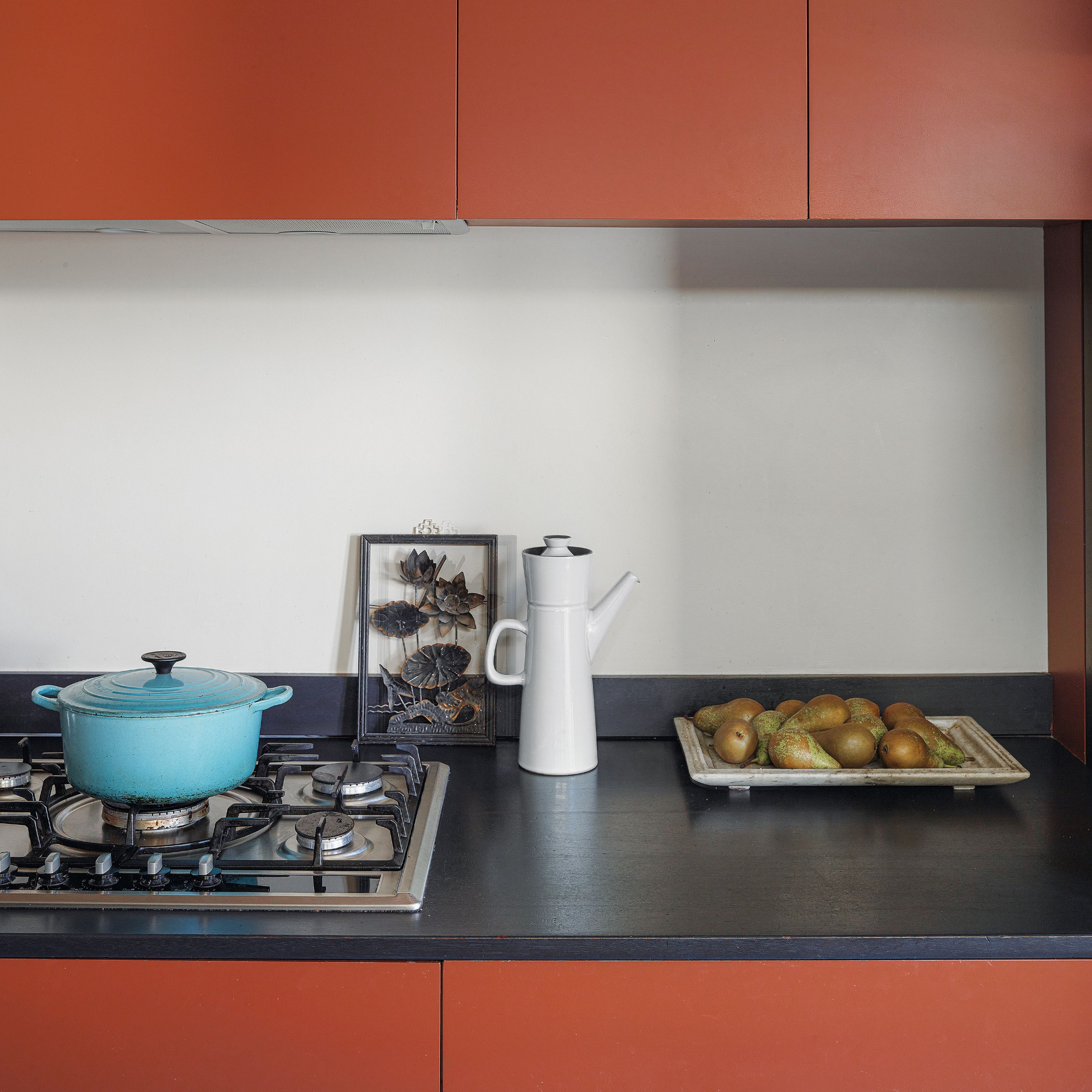 I’ve found a stunning £40 buy that rivals Le Creuset at Wilko - this casserole dish is a dead ringer for one of the most summery colourways
I’ve found a stunning £40 buy that rivals Le Creuset at Wilko - this casserole dish is a dead ringer for one of the most summery colourwaysYou just can't beat finding a great Le Creuset alternative
By Kezia Reynolds
-
 This beautiful mixing bowl is the unexpected star of so many kitchens – including Mary Berry's and the Bake Off tent
This beautiful mixing bowl is the unexpected star of so many kitchens – including Mary Berry's and the Bake Off tentThis earthenware bowl proves that you don't have to spend a huge amount for a classic kitchen addition
By Molly Cleary
-
 Dunelm has given its cult snuggle chair a new look - it's swapped classic stripes for another emerging pattern trend
Dunelm has given its cult snuggle chair a new look - it's swapped classic stripes for another emerging pattern trendI'm obsessed with this fresh new style
By Kezia Reynolds
-
 I tried Joseph Joseph's pan set with foldable handles – the space-saving design is just one of the many highlights
I tried Joseph Joseph's pan set with foldable handles – the space-saving design is just one of the many highlightsSmall kitchen? I tested this innovative Joseph Joseph space-savvy set which has foldable handles — and I loved it
By Annie Collyer
-
 As a stylist, I spend hours looking for bedding for photoshoots, and I just spotted these 6 expensive-looking sets at M&S
As a stylist, I spend hours looking for bedding for photoshoots, and I just spotted these 6 expensive-looking sets at M&SGet a little luxury at a high-street price
By Laurie Davidson
-
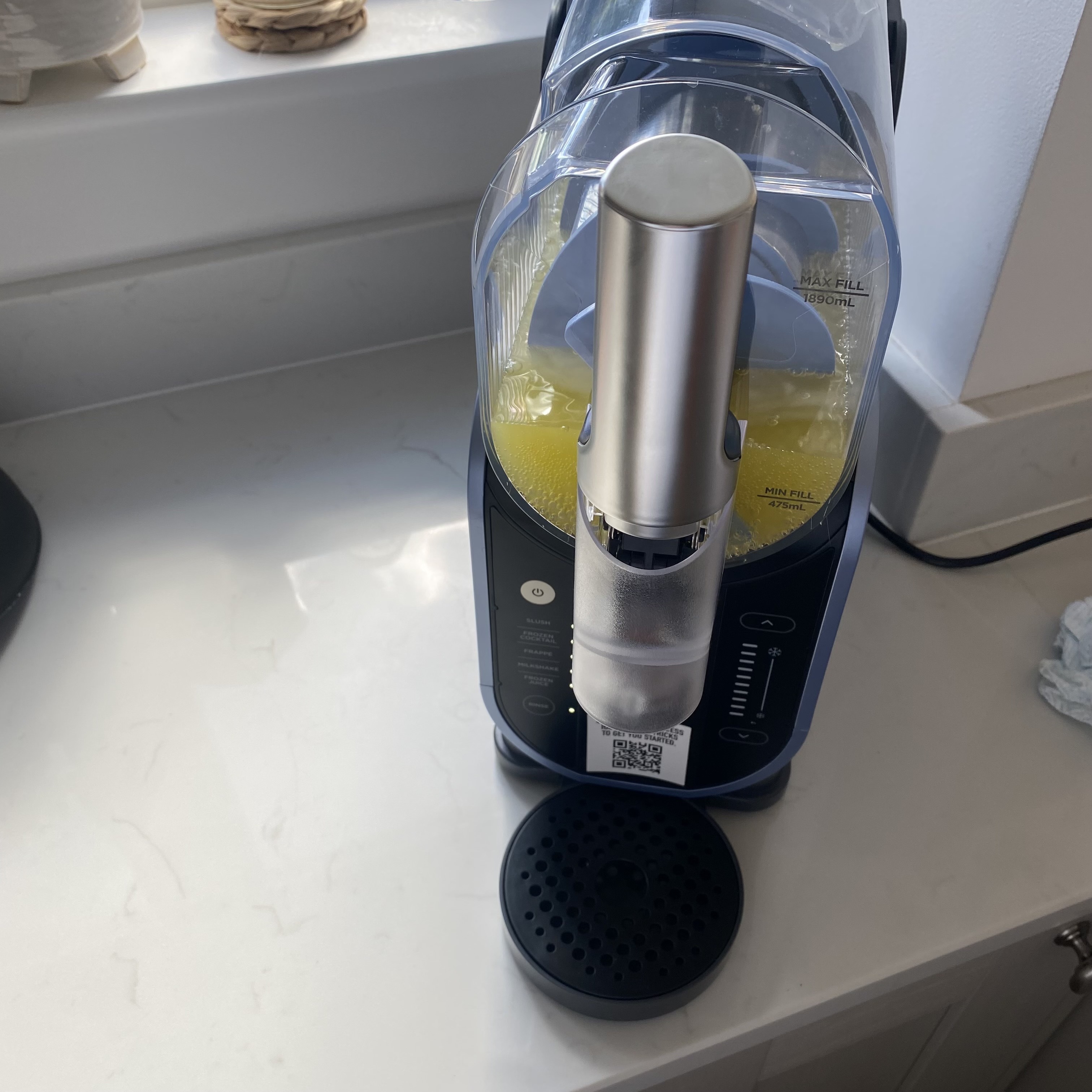 I've been waiting to try out the Ninja Slushi for months – this is what happened the first time I tried it
I've been waiting to try out the Ninja Slushi for months – this is what happened the first time I tried itThe Ninja Slushi is the stuff of dreams for summer entertaining
By Molly Cleary